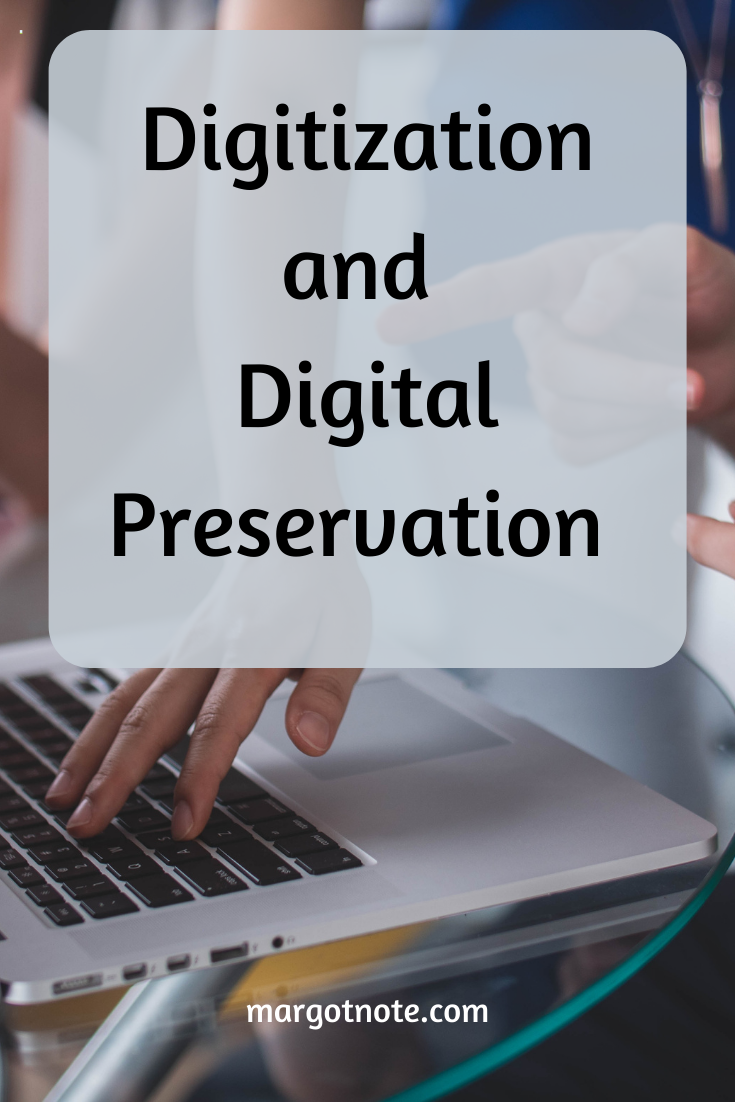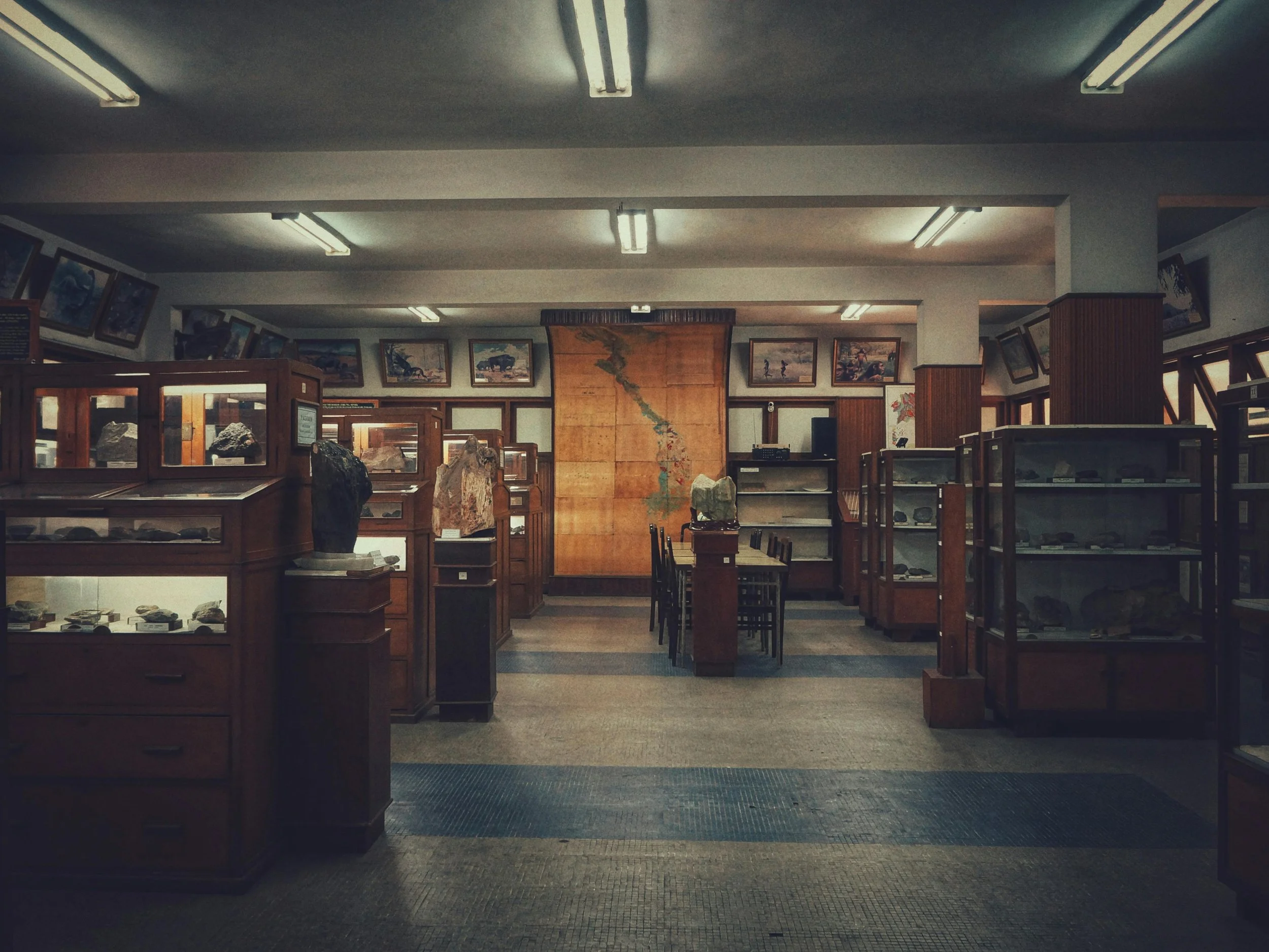Digital preservation requires two activities: digitizing and preserving digital objects.
Digitization is a complicated task involving the coordination of several different types of activities. As a result, projects may need to focus on these functions to varying degrees at phases of their life cycle as they move out of a start-up phase and into creation and ongoing maintenance.
Many of these functions are tasks that can be accomplished by project personnel, so, unsurprisingly, staff is the largest category of expense for digitization projects. However, it is also worth noting that performing these activities may entail significant costs that are not staff-related, such as hardware, software, project overhead, and professional development.
Digitizing converts analog materials into digital form. If users access the digital copies, minimizing handling of the analog originals, the digital copies perform a preservation function. They can also perform a preservation role by serving as backups. Digital reformatting is guided by best practices and technical specifications to ensure that the materials are converted at a quality level to support user needs.
Preserving digital objects involves preserving digitized materials, including those resulting from the reformatting process, to ensure their longevity and usability. Threats to the preservation of digital resources include software and hardware obsolescence, digital media fragility, context preservation, and integrity and authenticity preservation.
Digital Preservation Under Development
The mechanism for long-term management of digitized assets is no different from that for management of born-digital assets. While refreshment and migration of digital collections are well-established, the protocols and policies for preservation are still under development. Archivists should keep updated on the latest digital preservation trends, and, in time, best practices, policies, and procedures will mature and become commonplace.
Storage and Formats
The amount of data generated by digitization projects can be a storage challenge, especially with redundant copies and regular backups. However, the actual cost of storage remains unclear. In addition, archivists lack consistent metrics for the long-term management of storage systems, and they do not know how economies of scale might reduce unit costs.
While the long-term preservation of digital materials is unknown, the formats generated by digitizing textual materials will be more consistent and stable than most of the born-digital materials that archivists will be responsible for in the future. Archivists use the target file formats based on preservation concerns, and their ubiquity helps ensure that migration paths will be available. The homogeneous files archivists create will be less difficult to preserve than the born-digital ones created by everyone else.
Sustainability
Any assessment of what archives can achieve must consider factors of sustainable collection development, including a strategic view of the role of collections to serve institutional missions and lifecycle planning for collections. A strategic view is revealed by looking at how closely the results serve the mission and the decision-making process, such as deciding what to convert to serve, which ends. Ensuring long-term access to digital collections is contingent on lifecycle management. For example, how does the budget reflect the creation of the digital scans and the metadata, storage capacity, preservation tools, and user support?
It Never Ends
Often, digitization is thought of as a short-term project for archives. However, while digitization activities may have an end date, the resulting digital surrogates continue to exist after the project. Therefore, any organization considering a digitization project must also create digital preservation strategies for their newly digitized materials. Digitization projects, which have had a resurgence during the coronavirus pandemic due to an increase in virtual users, are opportunities to build archival teams and skill levels and raise the profile of archival project team members.
The blog was originally published on Lucidea's blog.
Get Started
Looking for archival advising, records management, and historical research services? Click below to speak with an expert consultant.































